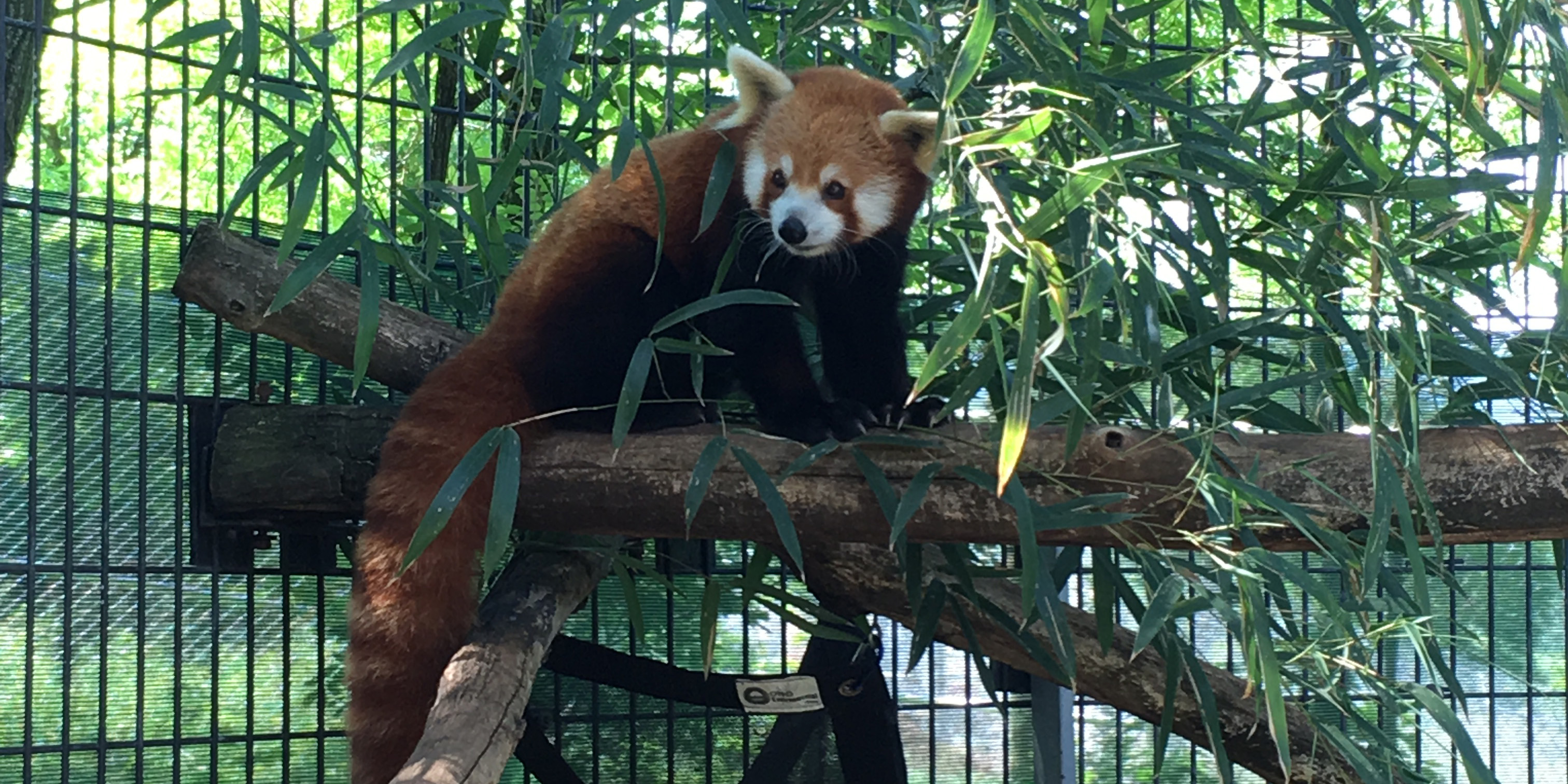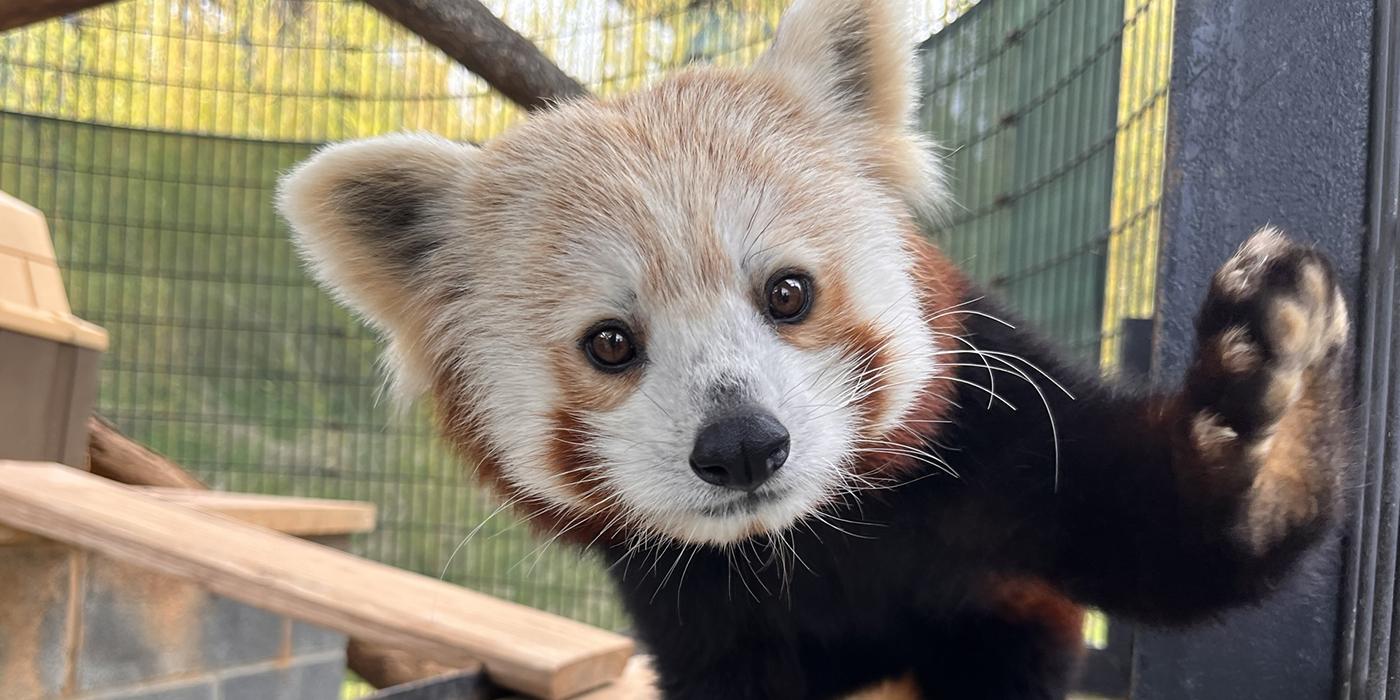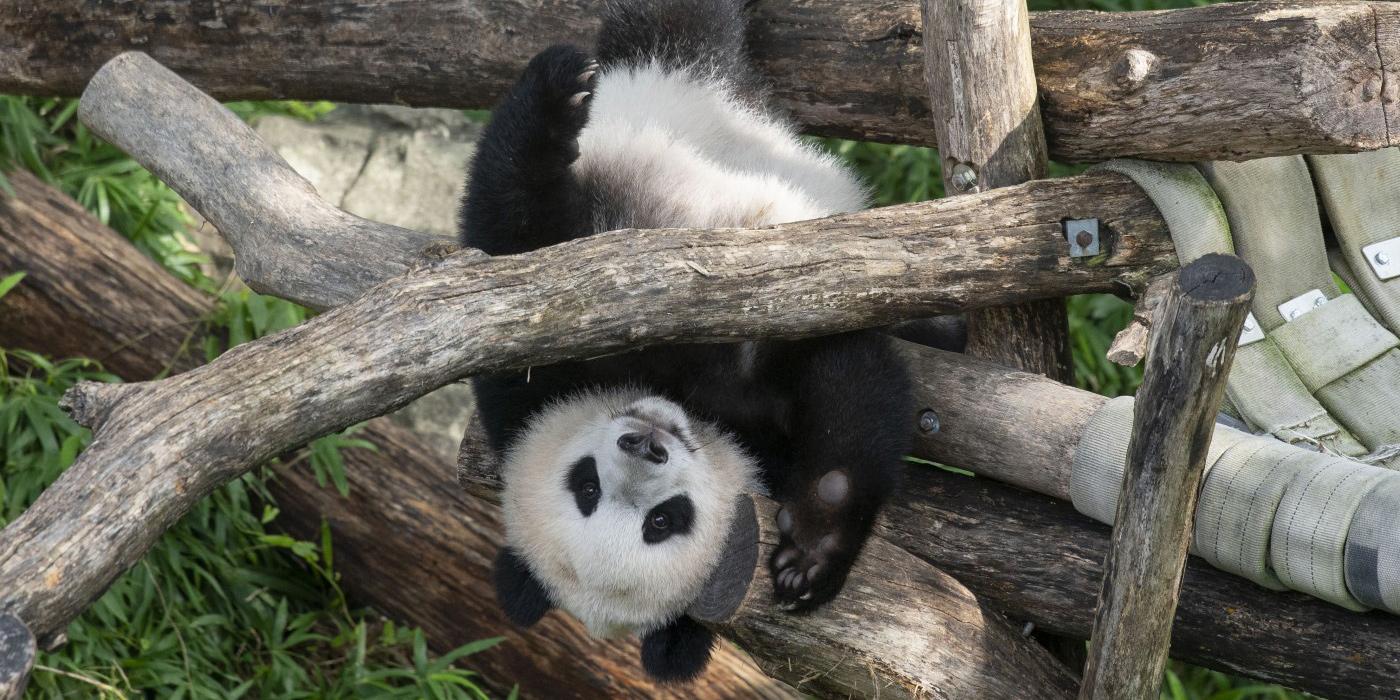Red Panda Dies at Smithsonian Conservation Biology Institute
Carnivore keepers at the Smithsonian Conservation Biology Institute (SCBI) are mourning the loss of Henry, a 4-year-old male red panda, who died overnight Dec. 5. Before his death, Henry was in apparent good health, eating well and urinating and defecating normally. Post-mortem radiographs revealed no signs of trauma or injury. A final pathology report will provide more information in the coming weeks. The median life expectancy for this species is about eight to 10 years in the wild. Red pandas in human care often live to be 16 years or older.
Henry was born at SCBI in June 2014 to mother Regan and father Rocco. SCBI participates in the Association of Zoos and Aquariums’ Species Survival Plan (SSP) for red pandas. SSP scientists determine which animals to breed by considering their genetic makeup, nutritional and social needs, temperament and overall health. Because Regan was unable to raise cubs in the past, keepers took the extra step of hand-rearing Henry. He was very genetically valuable to the red panda population in human care and contributed three surviving cubs—born in June 2016 and June 2017—to his species’ survival.
Native to the bamboo forests of India, Nepal and China, red pandas are considered endangered by the International Union for Conservation of Nature. Red pandas can be easily identified by their unique ruddy coat color, short snouts and large, round heads with big, pointed ears. Long, bushy tails help these arboreal animals maintain balance and protect them from harsh cold and winds. Red panda populations are declining as a result of habitat destruction and fragmentation.
The Smithsonian Conservation Biology Institute plays a leading role in the Smithsonian’s global efforts to save wildlife species from extinction and train future generations of conservationists. SCBI spearheads research programs at its headquarters in Front Royal, Virginia, the Smithsonian’s National Zoo in Washington, D.C., and at field research stations and training sites worldwide. SCBI scientists tackle some of today’s most complex conservation challenges by applying and sharing what they learn about animal behavior and reproduction, ecology, genetics, migration and conservation sustainability.
# # #
Caption: Red panda Henry.
Photo Credit: Jessica Kordell, Smithsonian Conservation Biology InstituteRelated Species:




